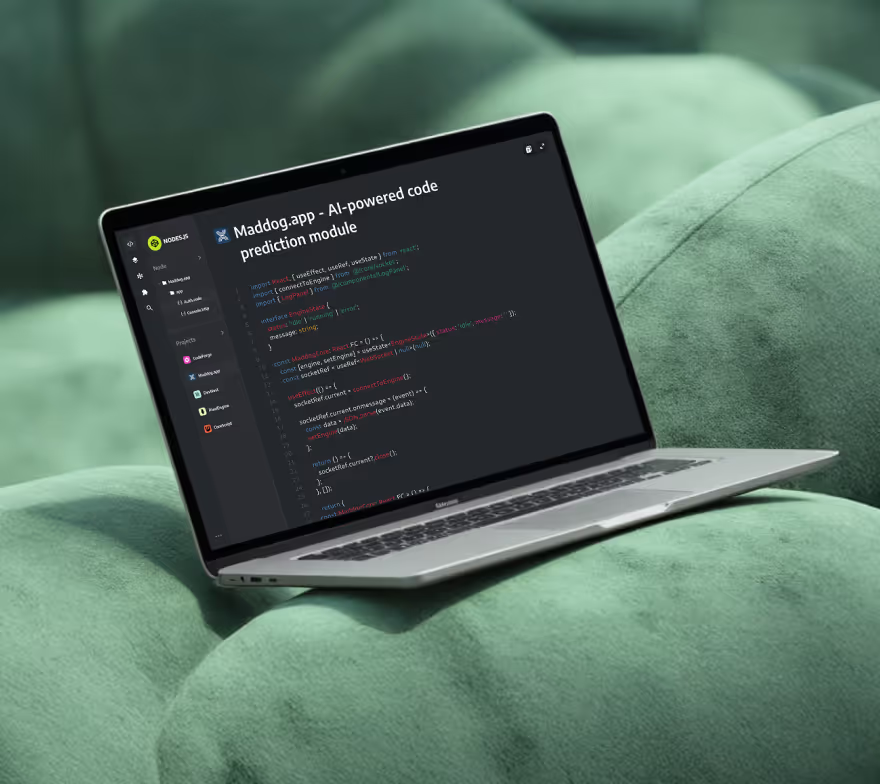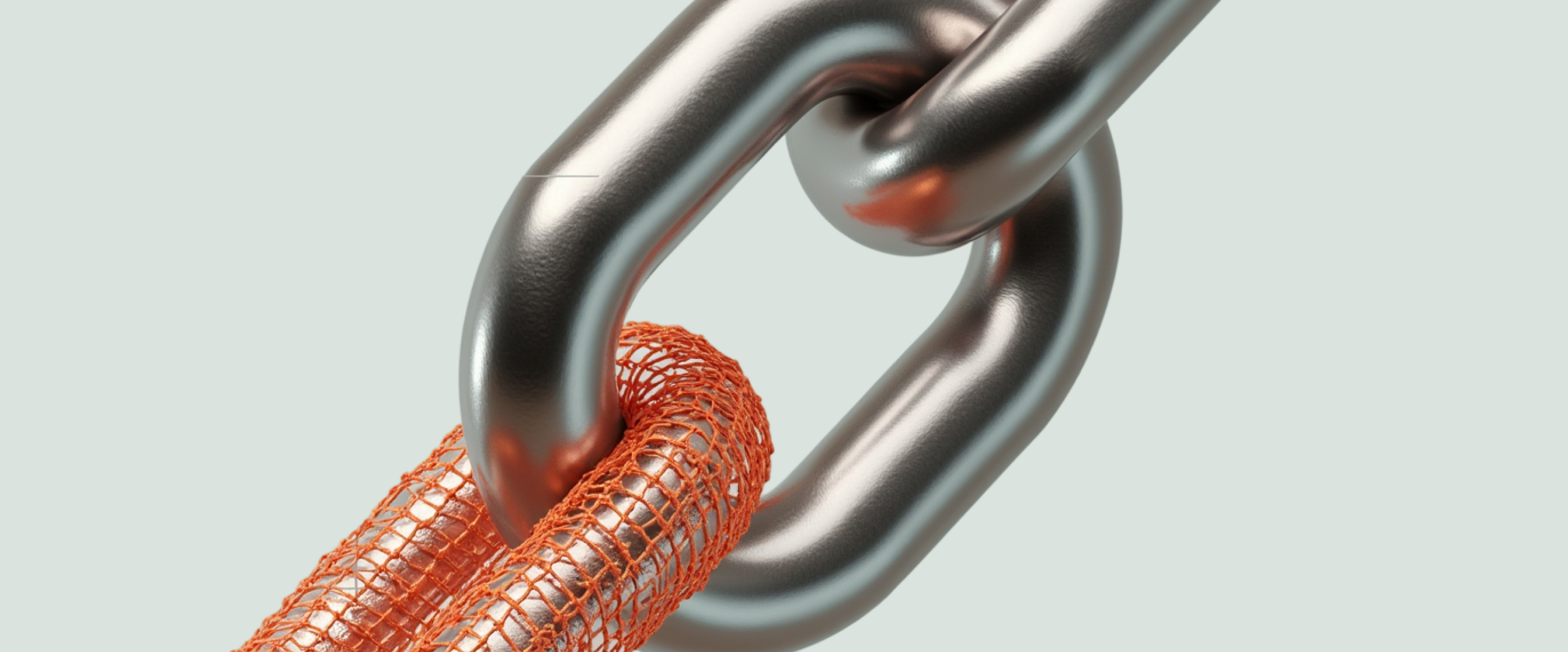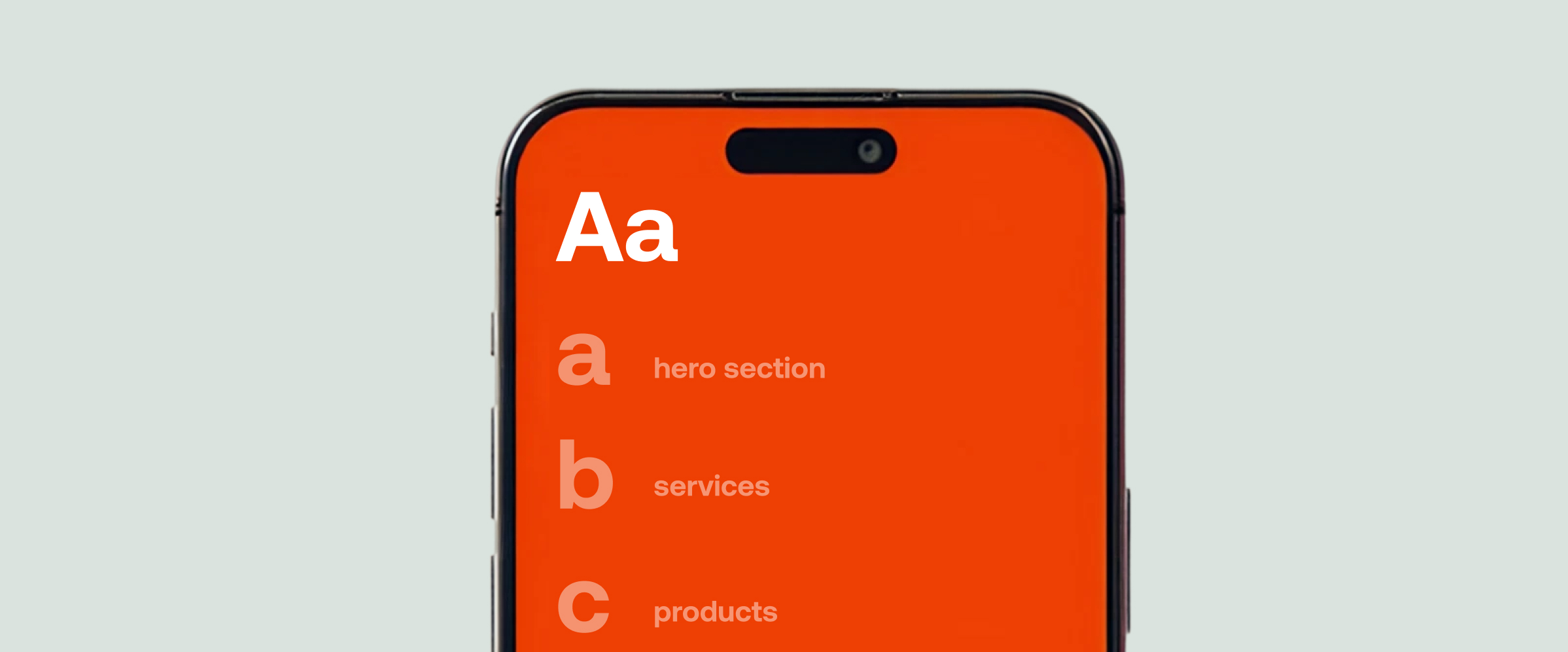











Recognitions
projects
Services

How to Build a Shopify Store That Converts



If you want to make money on Shopify, you need to have a store that converts visitors into customers. Find out what you can do to build a Shopify store that does exactly that from our latest article.
Sales are the lifeblood of any ecommerce business, and Shopify is no exception. A successful Shopify store is one that converts. By conversion, we mean turning website visitors into paying customers. If your store isn't converting, then you're missing out on sales and revenue.
So, how do you ensure that your Shopify store converts? In this article, we'll share with you some tips on how to optimize your store for conversions.
Building a High-Converting Shopify Store
Are you looking to build a Shopify store that converts? If so, then you're in the right place. In this article, we'll share with you some of the best practices for creating a high-converting Shopify store.
What is conversion and why is it important? Conversion in ecommerce is the process of turning a visitor into a paying customer. It's important because it's the only way to make money from your online store. If you're not converting visitors into customers, then you're not making any money.
There are a lot of factors that go into conversion rates. Things like your website design, the products you sell, your pricing, and your checkout process all play a role in how well your store converts.
What constitutes a good conversion rate? A 2022 survey shows that a good conversion rate is anything above 3.2%. That means if you're getting 1000 visitors to your store, you should be able to convert at least 32 of them into paying customers. However, this survey of 3223 Shopify stores revealed that an average conversion rate was barely above 1.4%.
If you want to make more money from your Shopify store, then you need to focus on conversion rate optimisation (CRO). CRO is the process of increasing the percentage of visitors who take the desired action on your website.
For example, let's say you have a website that sells shirt designs. Your goal is to increase the number of visitors who add a shirt to their cart and complete the purchase. To do this, you might experiment with different product descriptions, images, and price points to see what encourages people to buy.
Now, here is the good news. If you want to build a Shopify store that converts, you don't need to experiment. We at Fourmeta are Shopify specialists and have been a proud partner with Shopify for several years.
We've developed a tried-and-trusted process for building high-converting Shopify stores. We know exactly what it takes to build a store that converts and we'll tell you everything you need to know in this article!
How to Build a High Converting Shopify Store
Our Shopify development experts have provided 10 key things you need to do to create a Shopify store that converts. We will list them in no particular order and then dive deeper into each one:
1. Have quality pages
2. Effective CTA buttons
3. Include ratings and reviews
4. Tempt customers to quick action
5. Take advantage of Shopify Apps
6. Retarget visitors
7. Exit-intent pop-ups
8. Increase site speed
9. Upsell and cross-sell
10. Go Headless
Let's take a closer look at each of these elements so you can start building a high-converting Shopify store today!
1. Have quality pages
One of the most important aspects of a high-converting store is quality pages. This means having well-written, informative, and keyword-rich product descriptions. It also means having high-quality product images that are clear and show all the details of the product.
When it comes to product pages, make sure you have high-quality photos and videos that show off your products in the best light possible. In addition, your product descriptions should be clear, concise, and persuasive. You want to convince people that they need your product and that it's worth the price.
In addition to quality product pages, you also need to have a well-designed homepage that accurately reflects your brand and what you sell. Your homepage should be designed to grab attention and guide visitors to the products they're looking for.
Your other content pages should also be high quality, well-designed and informative. This includes your About page, FAQ page, Shipping & Returns page, etc. These pages should be well-written and informative so that visitors can easily find the information they need.
2. Effective CTA buttons
Another important element of a high-converting store is effective call-to-action (CTA) buttons. Your CTA buttons should be placed prominently on your website so that visitors can easily see them. They should also be designed to stand out from the rest of your website so that they grab attention.
Your CTA button copy should be clear and concise. It should tell visitors what you want them to do, such as "Buy Now," "Add to Cart," or "Sign Up."
In addition to having effective CTA buttons, you also need to make sure your website is designed so that visitors can easily find them. This means having a clear and easy-to-navigate layout. Visitors should be able to find what they're looking for quickly and easily.
3. Include ratings and reviews
Another important element of a high-converting store is showing ratings and reviews on your product pages. You can also highlight customer testimonials on your homepage or other pages of your website. You can even create a dedicated testimonials page where you showcase positive reviews from happy customers.
People are more likely to buy a product if they see that others have bought it and liked it. Ratings and reviews give visitors social proof that your products are worth buying. They also give you an opportunity to show off your satisfied customers.
Including ratings and reviews on your product pages is a great way to increase conversions. However, you need to make sure that the reviews are genuine. Don't try to fake them or you could end up hurting your reputation.
4. Tempt customers to quick action
One way to increase conversions is to tempt customers with a special offer or discount if they take action quickly. This means using language that encourages them to take action now rather than later. For example, you could use phrases like "limited time only," "while supplies last," or "act now."
For example, you could offer 10% off if they buy within the next 24 hours. Or you could offer free shipping if they spend over a certain amount.
You can also use countdown timers to create a sense of urgency. These are especially effective if you're running a sale or promotion. When people see that there's a limited time to take advantage of an offer, they're more likely to take action. It also gives them an incentive to act now rather than wait.
5. Take advantage of Shopify Apps
Shopify has a huge app store with over 2,000 apps. This gives you a lot of options when it comes to extending the functionality of your store. There are apps for everything from accounting to marketing to shipping.
Some of the most popular Shopify apps include:
- SumoMe: This app adds social sharing buttons and email capture forms to your website. It's great for growing your social media following and building your email list.
- QuickBooks: This app allows you to sync your Shopify orders with QuickBooks so you can manage your finances more easily.
- Shipstation: This app helps you automate your shipping process so you can save time and money.
- Google Analytics: This app lets you track your website traffic and see where your visitors are coming from.
- Klaviyo: This app helps you create targeted email marketing campaigns to improve conversions.
- Justuno: This app helps you create on-site offers and pop-ups to increase conversions.
There are a lot of great Shopify apps out there that can help you increase conversions. These are just a few of the most popular ones.
6. Use retargeting ads
Retargeting is a form of online advertising that allows you to show ads to people who have already visited your website. This is done by placing a piece of code on your website (called a pixel) that tracks visitors as they browse the web. Then, when you create an ad, you can target those same visitors with your message.
Retargeting ads are a great way to increase conversions because they allow you to reach people who have already shown an interest in your products. For example, if someone visits your website but doesn't buy anything, you can show them ads for your products the next time they're online.
Retargeting ads can be a great way to increase conversions, but they can also be very effective for other goals, such as brand awareness or lead generation.
7. Use pop-ups
Pop-ups are a controversial subject in the world of online marketing. Some people love them and some people hate them. But there's no denying that they're effective.
Pop-ups are a great way to increase conversions because they allow you to show a message to visitors at the perfect time. For example, you could use a pop-up to offer a discount code to visitors who are about to leave your website without buying anything.
Or you could use a pop-up to collect email addresses from visitors so you can send them targeted email campaigns.
There are a lot of different ways to use pop-ups, so it's important to experiment to see what works best for your business.
8. Increase site speed
Site speed is the amount of time it takes for your website to load. Site speed is a major factor in user experience. A slow website can have a significant impact on your business. If your website takes too long to load, people will get frustrated and leave. And if people are leaving your website before they even have a chance to see what you have to offer, you're not going to make any sales.
Not only will a slow website frustrate visitors, but it will also hurt your search engine ranking. That's why it's important to make sure your website is as fast as possible.
There are several ways you can do this. In our article "Optimising Shopify Store Speed - Your Guide To A Lightning-Fast Store" we've provided nine proven ways to increase Shopify store speed. Check it out if your store is in need of a boost. It's packed with actionable tips that you can use to increase store speed.
9. Upsell and cross-sell
Upselling is the act of selling a more expensive version of the product someone is already interested in. For example, if someone is looking at a pair of jeans on your website, you could upsell them to a nicer pair of jeans that are more expensive.
Cross-selling is the act of selling complementary products to the product someone is already interested in. For example, if someone is looking at a pair of shoes on your website, you could cross-sell them to a pair of socks.
Both upselling and cross-selling are great ways to increase conversions because they allow you to sell more expensive products or multiple products to the same customer. And the best part is, people who are already interested in your products are more likely to buy from you.
10. Headless ecommerce
Headless ecommerce is a term used to describe the separation of the front end (the part of the website that visitors see and interact with) from the back end (the part of the website that houses the product information and checkout process). Statistics show that headless architecture on Shopify Plus is one of the most powerful foundations for your store, providing incredible speed and performance.
Headless ecommerce can be a great way to increase conversions because it allows you to create a more customised and user-friendly experience for your visitors.
For example, if you're selling products on your website, you can use headless ecommerce to create a custom product page that is designed to convert visitors into customers.
Or if you're using a Shopify theme that isn't optimised for conversion, you can use headless ecommerce to create a custom checkout process that is designed for conversion.
Headless ecommerce works equally well on mobile devices, which is extremely important as more and more shoppers are moving away from traditional desktop computers for online purchases.
The main reason for making the transition may be to improve your conversion rate, but you'll also get a slew of other advantages. The possibilities are endless. And the best part is, that headless ecommerce is not as complicated as it sounds. This 30+ page guide will explain all things Headless, what it is, why it is the future, and how you can benefit from it. This guide is worth a read if you want to take the next step of your ecommerce evolution and really improve your business.
Final Thoughts
Converting visitors into customers is essential for any ecommerce business. And while there are a lot of factors that go into conversion rate optimisation, these 10 tips should give you a good starting point.
Remember, your goal should be to create a user-friendly and engaging experience for your visitors. If you can do that, you'll be well on your way to increasing your conversion rate and growing your business.
If you found this helpful, make sure to subscribe to our blog. We regularly add new articles and tips on how to grow and improve your ecommerce business.
Related Articles
Achieving ecommerce success in 5 simple steps
19 Ways to Drive Traffic and Sales to Your Shopify Store
What Is Shopify Hydrogen? Fourmeta's Guide 2022




.avif)






















.avif)



